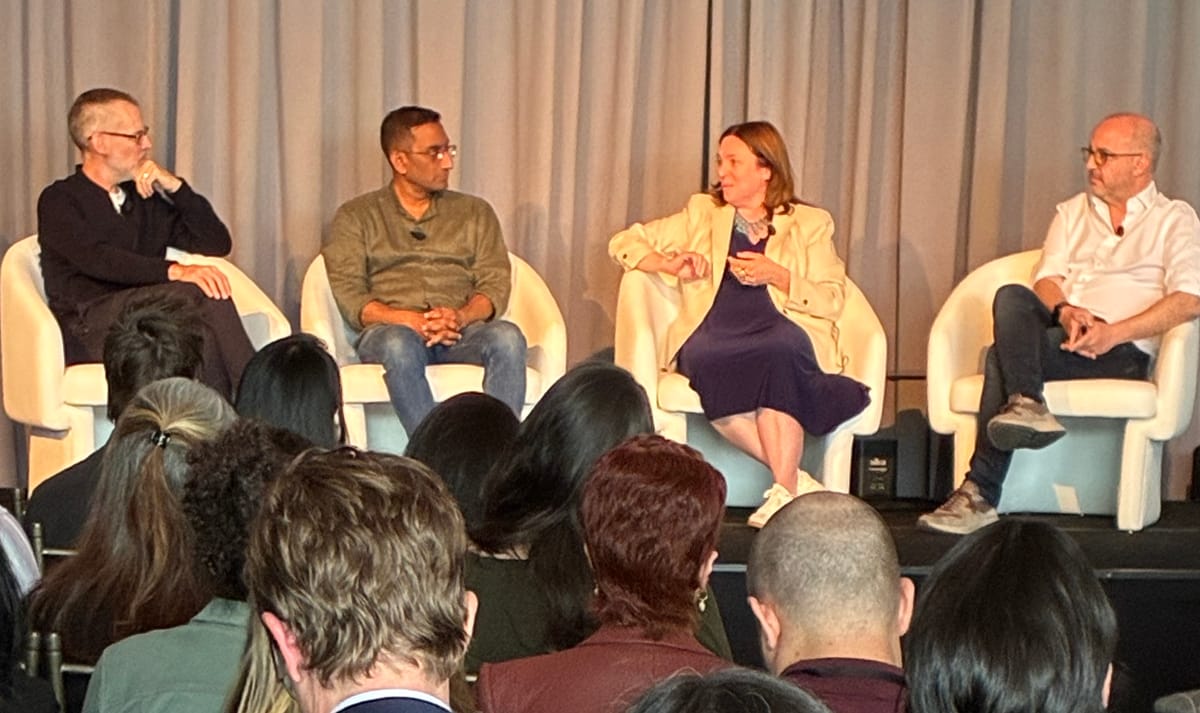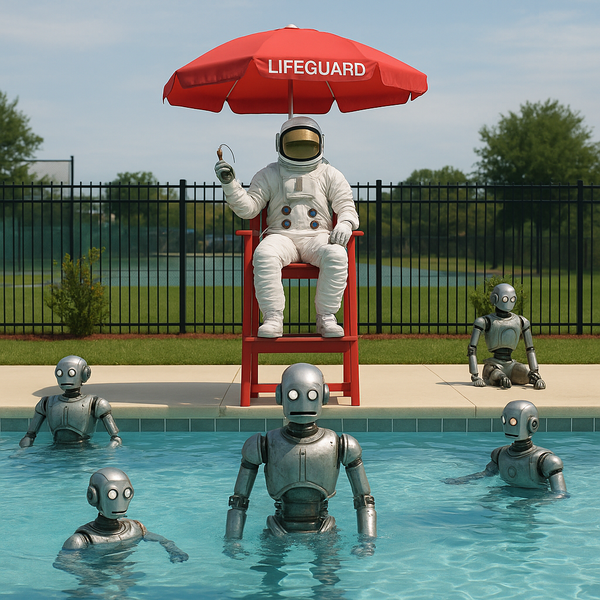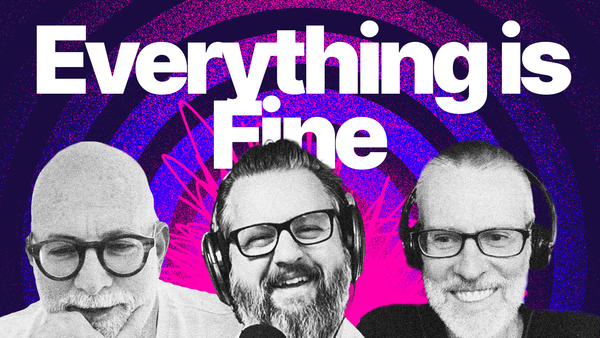‘AI is not your problem’: Media product in transition
What's on the minds of media product leaders

Yesterday, product professionals from publishers across the country gathered at Current at Chelsea Piers for WordPress VIP and The Rebooting’s Media Product Forum. At the heart of the event was the question of what comes after the article page as we’ve known it. Fragmented tech teams are rapidly trying to spin up forms of content that stand a chance of competing with ChatGPT and vertical video’s endless scroll.
The industry has yet to coalesce around any single solution, but panelists and attendees floated a number of viable paths forward—here are four key insights.
Curtains for the article page
The classic article page—once the atomic unit of publishing—is on its last legs. Bridget Williams, chief product and strategy officer at Hearst Newspapers, said that "anyone looking at scroll metrics or time on page metrics" would have to concede the game is up. It’s a "declining asset," as DotDash Meredith CEO Neil Vogel put it. According to Hearst's metrics, half of readers don't scroll past the first paragraph and a half.
Per our recent report with WordPress VIP—How Media Product Leaders Are Navigating The More With Less Era—audience engagement is the top product and technology priority for media organizations by a wide margin in 2025. Audiences acclimated to the ease and personalization of ChatGPT aren't going to be inclined to search through article after article for the information they want. The question, then, is what comes next.
The answer remains unclear, but AI has unlocked a range of novel functionalities in this space— ranging from audio versions of articles to Choose Your Own Adventure-style chatbot experiences. Publishers are trying to find out what works.
The San Francisco Chronicle, owned by Hearst, recently broke a story via AI. After contracting with a service called Assembly to synthesize the transcripts of local government meetings for its reporters‘ use, they learned that the city was planning on hiring a so-called "garbage czar" to deal with trash complaints at a salary of $250,000 per year.
This gave them the idea to use AI to create an interactive experience for their readers, granting them insights Into local government goings-on that their own newsroom would never be able to cover on its own. The story suggests at least one way forward for publishers in the post-article era—delivering serious value beyond the confines of the conventional linear article.
Publisher POV
- "Attention spans are getting shorter. The hooks are important. The way people access information is important. We've been adding a lot of tools to get readers their information faster, whether that's table of contents, anchoring text, or even just providing summaries higher on the page. We're also looking into automated text-to-speech summaries and accelerating selection of excerpts and decks." — Aaron Segal, head of product and engineering, Recurrent Ventures
- "You need to constantly adjust. You can't be sentimental. It doesn't matter what worked yesterday—the universe doesn't care that your print magazine made $200 million ten years ago. It doesn't give a shit." — Neil Vogel, CEO of Dotdash Meredith
- "How do we move past the concept of the finished, curated, individual article in a way that maintains the integrity [of the brand] and the editorial voice? It's going to be complicated, but it's something we have to be thinking about. There are a lot of moving parts." — Bryanne Pashley, director of product management, Ziff Davis
- "Our audience is all Gen Z, college kids, so we're trying new things. The question from a UX and product perspective is, how do we transition from one [form of media] to another? Do we just stop halfway through an article and send them to a TikTok if they're bored of reading? We need to find a way to do it that feels normal and natural. We need to tie it together, create the optimal user-flow." — Jersey Babcock, vp of brand & product innovation, HerCampus


